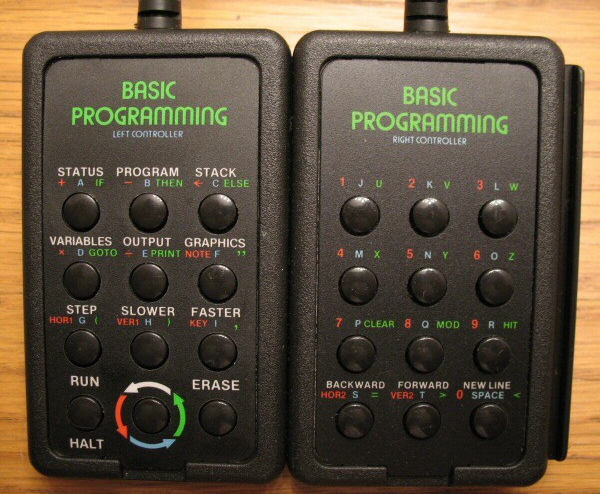
web development
The Great Dub-Dub-Dub Debate
Pop quiz, hotshot. Which is the superior Uniform Resource Locator? www.fakeplasticrock.com or fakeplasticrock.com This is one of those intractable problems. Global wars have been fought over so much less. In hacker circles, this is sometimes referred to as a bikeshed discussion. That said, I do have a









